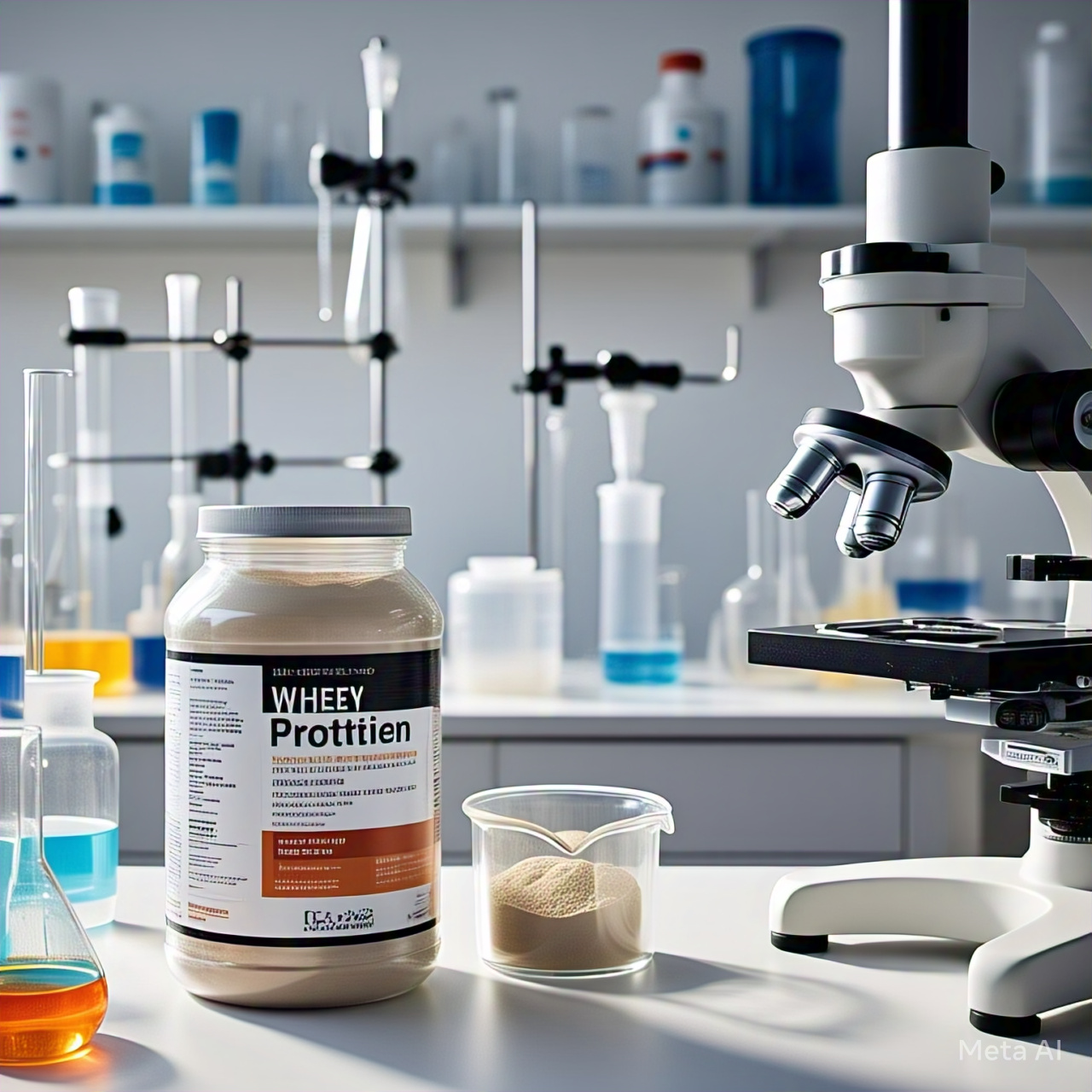Europe Whey Protein Ingredients Market Trends Forecast 2025-2033

Europe Whey Protein Ingredients Market Size and Share Analysis – Growth Trends and Forecast Report 2025–2033
Market Overview
The Europe Whey Protein Ingredients Market is projected to reach US$ 604.9 million by 2033, growing from US$ 387.08 million in 2024, at a CAGR of 5.10% during 2025–2033. This growth is fueled by a variety of factors including rising consumer awareness regarding protein’s health benefits, increasing popularity of fitness-oriented diets, innovation in protein-enriched product formulations, and the demand for functional foods across Europe.
Key Market Drivers
1. Rising Demand for Sports and Fitness Nutrition
Europe’s growing fitness culture, supported by over 63,000 health clubs and a fitness-aware population, has significantly boosted the demand for whey protein. Athletes and gym-goers turn to whey protein for its fast absorption and muscle recovery properties. The use of whey in protein shakes, powders, and bars has become mainstream.
2. Surge in Convenient and Functional Foods
Busy lifestyles are creating a demand for nutrient-dense, on-the-go meal options. Whey protein’s adaptability makes it an ideal inclusion in protein bars, RTE meals, and functional beverages, addressing both health and convenience.
3. Personalized Nutrition and Innovative Formulations
Advances in personalized nutrition are driving demand for whey protein variants tailored to specific dietary needs (e.g., elderly nutrition, infant formula, and sports recovery). Manufacturers are leveraging technology to design customized protein ingredients with specific functional benefits.
4. Regulatory Backing and Food Safety Standards
Europe has robust food safety regulations and health claim laws, which instill consumer trust and encourage manufacturers to innovate within a high-compliance environment.
Key Challenges
1. Competition from Plant-Based Protein Alternatives
With the rise of veganism and environmental consciousness, plant-based proteins (soy, pea, rice) are gaining traction. These alternatives pose a major challenge to traditional dairy-based whey protein products, especially among lactose-intolerant and ethically driven consumers.
2. Misconceptions & Lack of Consumer Education
Despite the low lactose content in whey protein isolate, misconceptions about dairy and lactose intolerance hinder market penetration. Manufacturers must invest in educational campaigns that highlight the digestibility and health benefits of whey protein.
Related Report
United States Alternative Protein Ingredients Market
Saudi Arabia Protein Ingredients Market
United Kingdom Protein Ingredients Market
Regional Market Insights
France
Consumers in France are increasingly health-aware, turning to protein-rich, sustainable food options. Though plant-based alternatives are growing, whey protein remains integral to functional snacks and beverages, particularly among fitness enthusiasts.
United Kingdom
The UK’s strong fitness culture and consumer demand for high-protein functional foods are accelerating whey protein adoption. Ethical sourcing and sustainability are now influencing purchasing decisions, leading to eco-conscious innovation in product development.
Germany
Germany represents one of the largest markets due to its nutrition-conscious consumers and advanced food technology industry. High demand exists for clean-label protein supplements and fortified snacks, especially among the aging population and active lifestyle consumers.
Italy
Whey protein is gaining popularity in Italy due to the rise of active lifestyles and weight management trends. Consumers are demanding premium, nutrient-rich foods, and manufacturers are responding with innovative and ethical production methods.
Market Segmentation
By Type
- Whey Protein Concentrate
- Whey Protein Isolate
- Hydrolyzed Whey Protein
By Application
- Sports Nutrition
- Functional Foods
- Infant Formula
- Bakery & Confectionery
By End User
- Animal Feed
- Food and Beverages
- Bakery
- Beverages
- Breakfast Cereals
- Condiments/Sauces
- Confectionery
- Dairy and Dairy Alternative Products
- RTE/RTC Food Products
- Snacks
- Personal Care and Cosmetics
- Supplements
- Baby Food and Infant Formula
- Elderly Nutrition and Medical Nutrition
- Sport/Performance Nutrition
By Country
- Belgium
- France
- Germany
- Italy
- Netherlands
- Russia
- Spain
- Turkey
- United Kingdom
- Rest of Europe
Consumer Insights and Emerging Trends
- 46% of European consumers now view protein bars as healthy snacks.
- 16% regularly consume protein-fortified snacks weekly.
- Demand is growing for clean-label, organic, and free-from (e.g., lactose-free) protein options.
- Increasing use of whey protein in functional beverages and dairy alternatives.
Key Companies & Competitive Landscape
Leading companies are investing in innovation, sustainability, and expansion to maintain a competitive edge. All players are covered from the following four viewpoints: Overview, Key Persons, Recent Development, and Revenue.
Major Players
- Agrial Enterprise
- Arla Foods amba
- Carbery Food Ingredients Limited
- Groupe Lactalis
- Koninklijke FrieslandCampina N.V.
- Lactoprot Deutschland GmbH
- MEGGLE GmbH & Co. KG
- Morinaga Milk Industry Co. Ltd
- Sodiaal Union SCA
Report Scope
| Feature | Details |
| Base Year | 2024 |
| Forecast Period | 2025–2033 |
| Historical Period | 2020–2024 |
| Market Size | In US$ Billion |
| Segment Coverage | By Type, Application, End User, and Country |
| Countries Analyzed | Belgium, France, Germany, Italy, Netherlands, Russia, Spain, Turkey, United Kingdom, Rest of Europe |
| Companies Profiled | 9 Major Players |